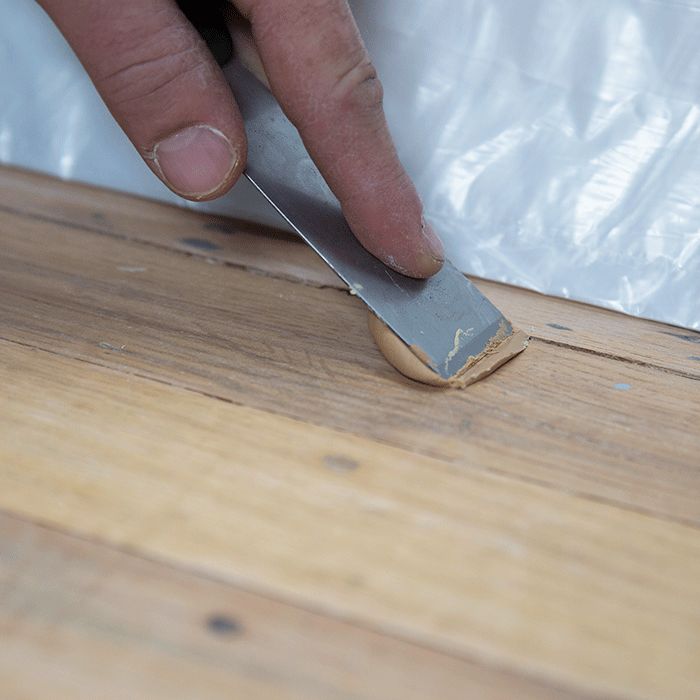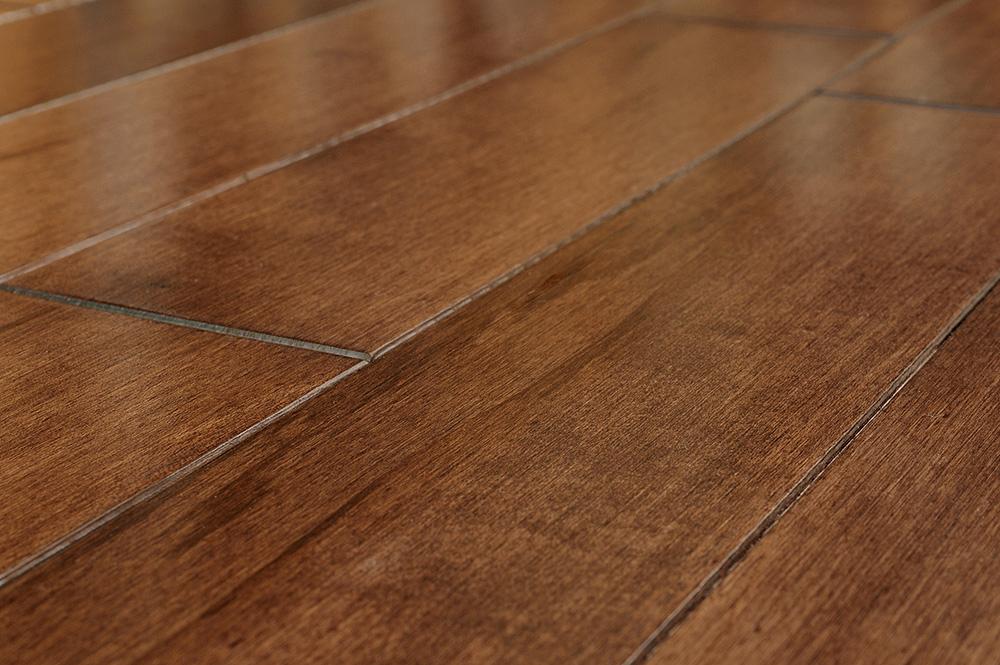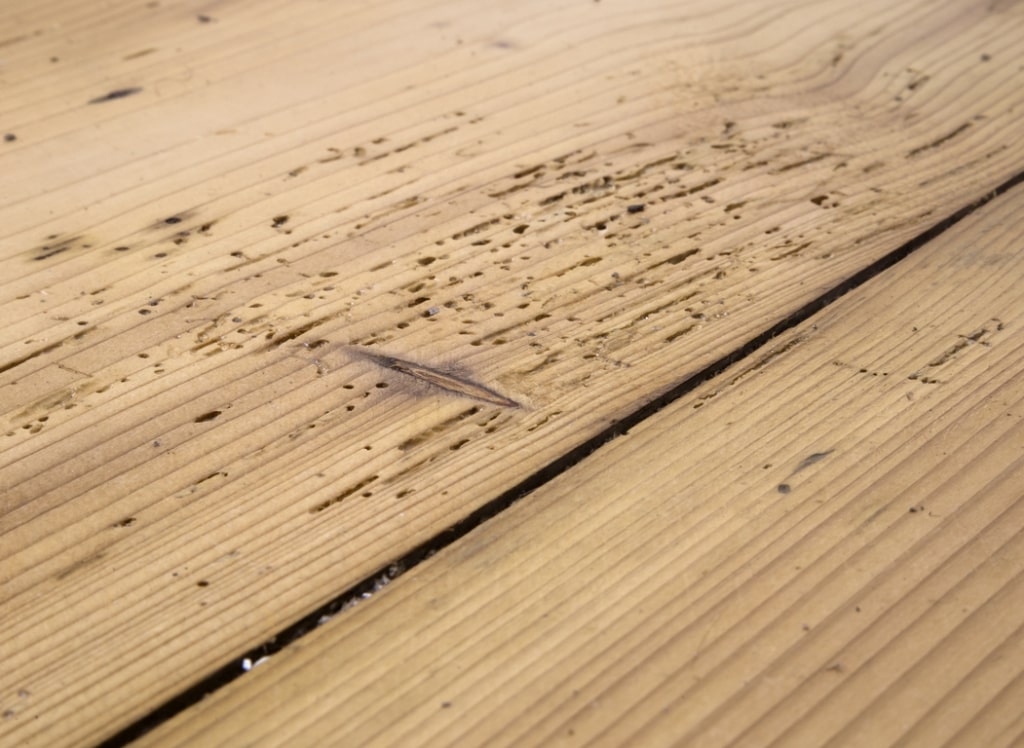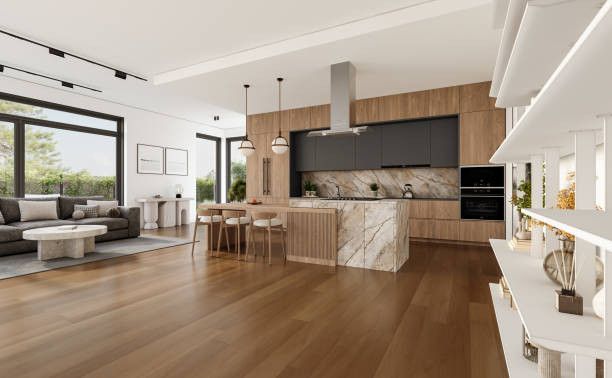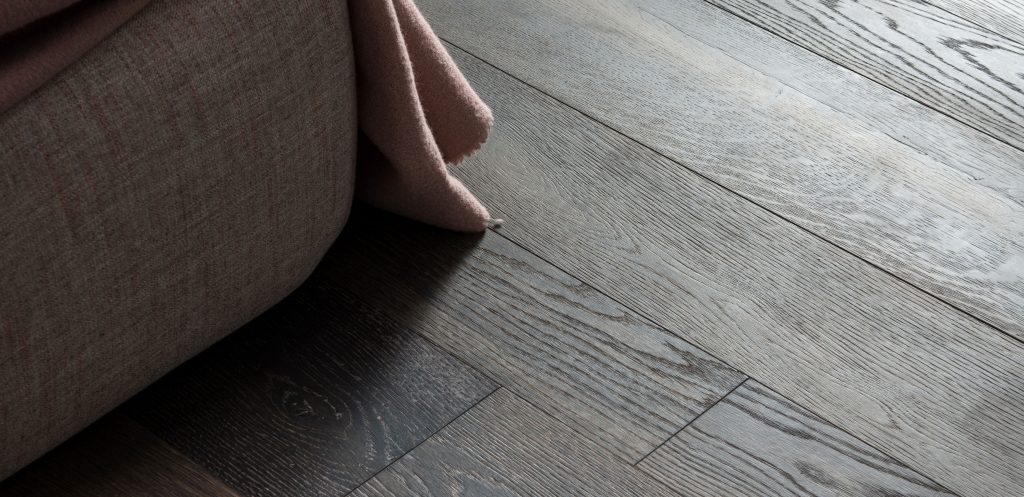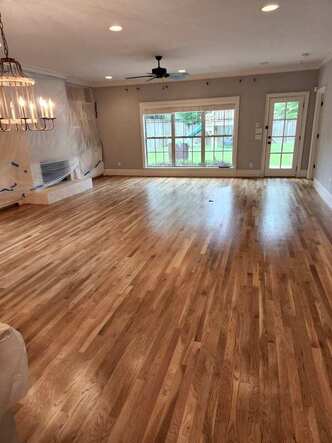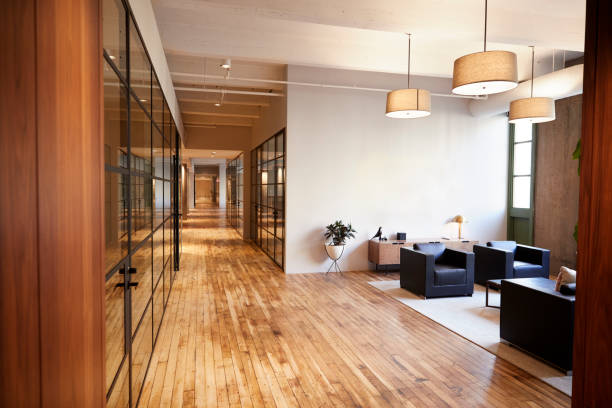Hardwood Flooring Putty Can Be Very Helpful..
There are a lot of hardwood flooring companies out there but what we do differently is pay special attention to prep and finish work. A lot of guys/gals can throw down a hardwood floor or run a sander and brush some stain on but it’s the attention to detail that makes us stand apart from the others. Prep work is all about identifying certain conditions, either with the product or the jobsite, that could compromise the quality of the job. As I’ve mentioned before, these include ensuring the subfloor is dry and level, checking for any defects in the hardwood flooring and looking for any hazards that could cause problems down the road. Then there are techniques that can really bring the “Wow” factor. On site-finished jobs, we apply wood putty to fill in any gaps or holes so that once the hardwood floor is sanded, stained and finished the floor will look tight and consistent. Applying the putty prior to staining/finishing ensures the putty will blend in with the wood as it will take the stain. On prefinished hardwood flooring installs, we pay special attention to the milling of the hardwood itself. If not milled precisely there will be unsightly gaps between boards which will need to be filled. Though there are wood puttys that are made to match many popular hardwood flooring stains, the less wood putty we have to use the better the floor will look. Another way we pay close attention to detail is a technique called board racking. Being that most hardwood flooring comes in random lengths, it is important to organize and arrange the boards in a way so to ensure in no area will there be a collection of boards of the same size. You can’t just open up a carton/bundle one at a time and start installing. We open all the cartons/bundles in a room and rack the boards so there is variation in lengths which will give a sense of flow and not look choppy. The trim installed after the floor is down is what really brings it all together and can make or break a job. When installing shoe/quarter round molding along the perimeter, we are careful to putty and caulk all nail holes and gaps which gives the trim a real tight look that complements the floor. It also takes a keen eye to sit transition pieces down nice and flush so they don’t look crooked or god forbid become a tripping hazard. On site-finishing and refinishing jobs we are careful with how we apply the finish when we are finished. I’m not even finished, let me tell you how! Firstly, we control the area so there is no dust travel while applying the urethane. Nothing worse than doing an excellent job at sanding and staining only to have dust embedded in the finish at the end of the job. We are also careful as to which applicators we use as some perform better than others. Even the application of the urethane takes some technique. It takes a smooth hand and a sharp eye to make sure the coverage is even so to avoid any blemishes. Again paying special attention to these and other details is what makes us outshine the competition. If your clients aren’t raving up and down about when we’re finished then shame on us. But, with our special attention to the start and finish, we are confident in knowing the end result will be another job well done.
Hardwood Flooring Putty Can Be Very Helpful.. Read More »

